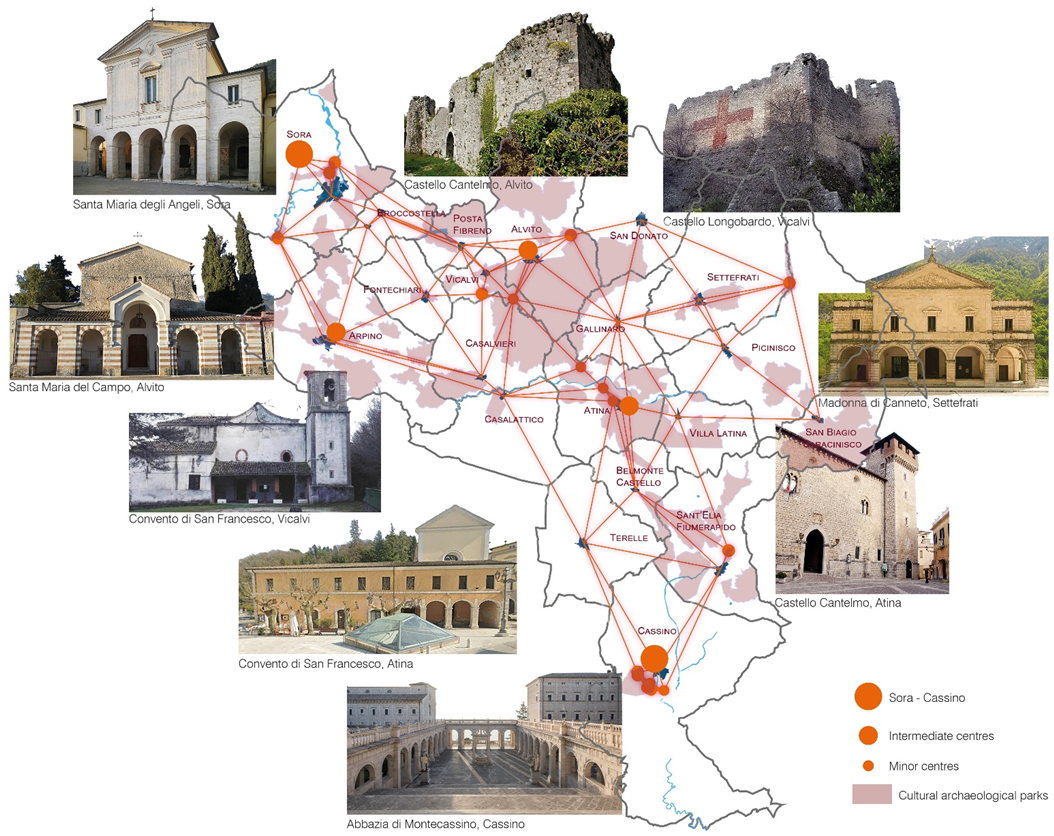Knowledge and exploitation of local resources: the historical centers of the Comino Valley
This contribution is focused on an area located in the southern area of the Lazio region called “Valle di Comino” that has valuable characteristics from an environmental and historical construction point of view. It’s part of a wider research path…


